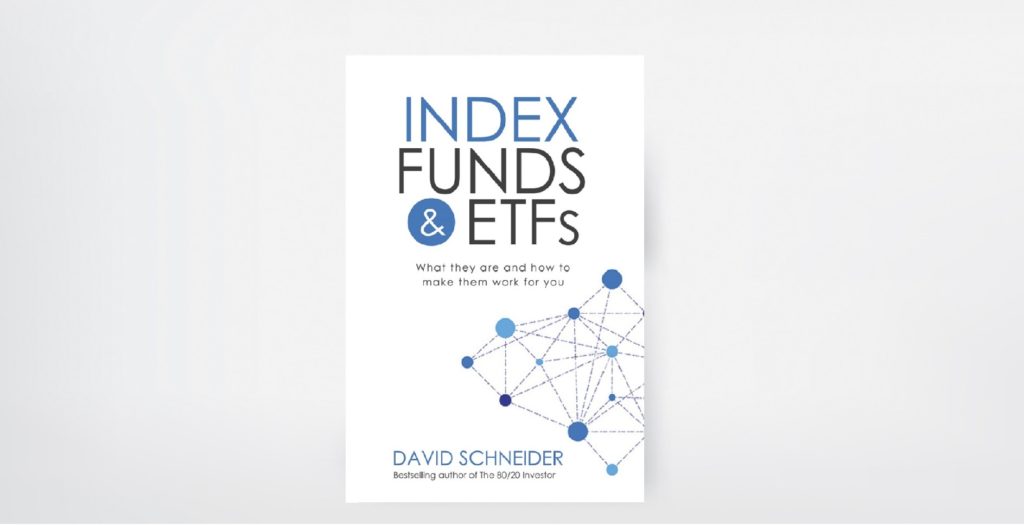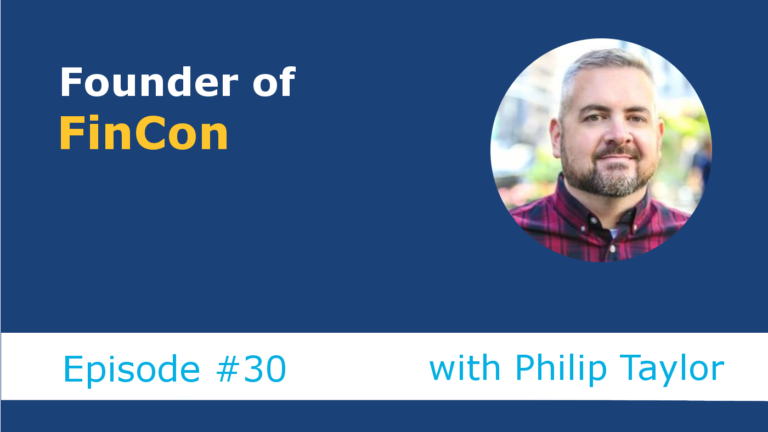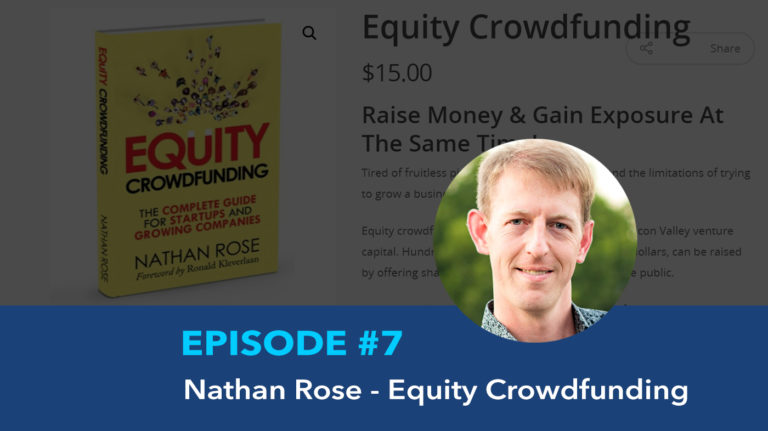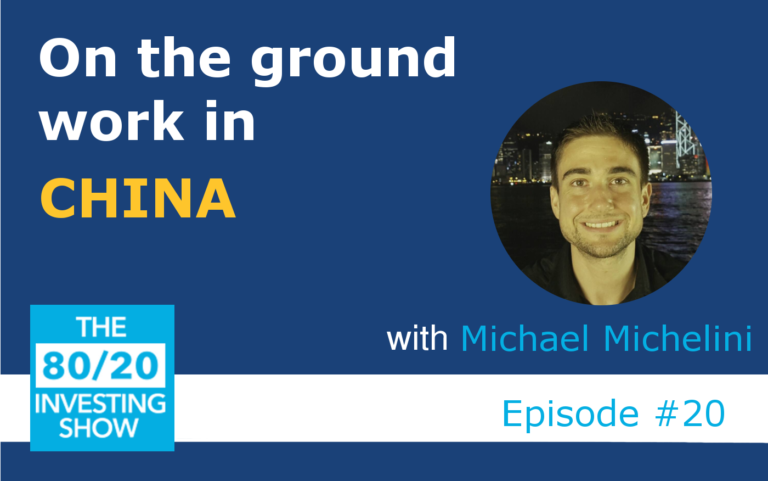Subscribe: Apple Podcasts | RSS | More
[Watch this episode on Youtube]
ETF and Index Funds Report Series
In a regular series of reports on index funds and ETFs, I will open this series with the first episode on a brief overview of index funds and ETFs. These investment products have seen a commet-like rise over the last 10 years. Even in Asia, they have become phenomenal success story among retail investors and large institutional investors alike. Subscribe to learn more about these fascinating products, its advantages, its future trends but also some of its risks and pitfalls for investors. Let’s start with the basics.
Index Funds Indices And Benchmarks
Richard Ferri, the author of The Power of Passive Investing, defines indices as follows:
“An index is a generic term that describes a list of securities that are selected and weighted according to a set of rules provided by an index provider, and independent organization separate from index fund management.”[i]
So, how does this work? Let’s imagine you wanted to create your own fantasy portfolio of all the famous brand names you like, such as Nike, Apple or McDonald’s. You write them all down on a piece of paper and rank them by size, or by how much you like their logo, or by the results of personal surveys you did among friends and on social media. You compile this data, add the current market prices to each of these companies, and modify them by your chosen weightings. You might, for example, reduce McDonald’s because they did very poorly in the last quarter, or boost Nike because you just bought a new pair and they’re pretty good. Voilà, you have your own index!
Needless to say, it’s not as simple as that. Not everyone can create an index that is widely followed and trusted. Even fewer could actually demand money for revealing their secret index mix. Only a handful of companies in the world can do this.
By far the most important company in this industry is S&P Dow Indices, a subsidiary of Standard & Poor’s (one of the rating agencies that so lavishly gave triple-A ratings on mortgage-backed securities that evaporated into thin air during the subprime crisis). Next consider famous country-specific index providers, which are usually spun out of financial journals and newspapers, such as the Financial Times FTSE 100 Index in the UK (Financial Times Stock Exchange), or the Japanese Nikkei 225 (created by the leading financial daily paper Nihon Keizai Shinbun, or “Nikkei”).
Then, there are benchmark indices created directly by the financial exchanges themselves. The most famous ones are the German DAX and the leading European indices grouped under the STOXX series (organized and managed by the Deutsche Börse AG). Some financial institutions have also created their own indices. The most famous of these is the MSCI index series (formerly known as Morgan Stanley Capital International) and the Lehman Bond Index series (now owned by British bank Barclays). MSCI Inc., in particular, prides itself on having more than “160,000 consistent and comparable indices, used by investors around the world to develop and benchmark their global equity portfolios.”[ii]
Financial market indices have broadened in terms of what actually counts as one over the years. All that a fund requires to qualify as an index fund is to have a mechanical set of rules for security selection, how they are weighted, and how they are priced. So anyone who has something to say about stocks and financial market instruments could create their own index.
Nevertheless, index fund purists insist that true index investing is all about benchmark market indices, which “represent an entire stock market and thus track the market’s changes over time.” Keep in mind that this definition applies not only to stock markets, but also to all other asset classes that can be represented by an index, and that is pretty much everything. Generally, broad market and market segment stock and bond indices are used for this purpose. In other words, they are used as a yardstick to measure active management performance; they’re used in economic analyses to measure the level of market activity; they’re used by academics to define market behavior; and they’re used by investors to set asset allocation policy. But most importantly, benchmark indices are the basis for the largest and most famous index funds of the world.
Combining Mutual Funds And Indices
Index funds, in their purest form, are nothing more than mutual funds with a mandate to mirror the development of a chosen financial market index – nothing more, and nothing less. They have been a convenient tool for investors to participate in the price performance of an index. So, what exactly happens when you combine mutual funds with indices?
First, the mutual fund in question needs to get in touch with the index provider and ask for permission to mirror that index. Any mainstream mutual fund company that intends to create an index fund and mirror one of those reputable indices has to pay for that right. It’s a licensing business. After all, it’s all hard work, and if you created the index, you want to get paid for it, especially when others make money on your name. Sure, fund companies could create their own indices that resemble the leading market benchmarks, but they sure wouldn’t sell as well as those of leading brand indices we can see in newspapers and on TV today.
Once all legal and financial matters are sorted out, the mutual fund receives the index “recipe.” In this thick pamphlet, you will find all the index’s rationales on how it has selected each constituent stock, and, more importantly, all the details how it calculates, weights and measures the different holdings within the index.
Now the real work starts. The index “advisor” (remember, these are the guys who actually run the show) instructs securities brokers and banks to invest in it in accordance with their interpretation of the index. Once all the money in the fund is deployed in accordance with the index recipe, all that is left to do is to monitor and administer the fund. Because mutual funds are designed to provide liquidity on a daily basis, and to continuously issue new shares for existing and new clients, there is always something to do. Clients leave and withdraw their money on a daily basis, while dutiful 401(k) savers provide inflow. From the advisor’s perspective, the key task is to make sure there is always enough money in their system to keep investing.
Another source of work for the advisors is corporate events, such as dividend issues and splits and mergers of companies within an index. Also, the index regularly updates its recipe, kicking out companies and bringing in new ones. Remember, funds don’t pay generous license fees on a subscription basis for nothing – there needs to be a semblance of added value by the index provider to justify continuous fees.
In a rare corporate visit to Vanguard in 2016, Bloomberg News had the chance to look behind the scenes of Vanguard Index Fund operations at their main office in Malvern, Pennsylvania, and to interview Gerry O’Reilly, manager of the $450 billion Vanguard Total Stock Market Index Fund (which matches the performance of its 3,600 stock benchmark index). What stands out is the efficiency of the 18 traders responsible for Vanguard’s entire US portfolio and a senior manager most clients have never heard of. Yet, O’Reilly is responsible for $800 billion in assets. Star fund managers, those who are often quoted in the financial press and celebrated by loyal ‘groupies, ’ have no room in index fund operations.
Yet, whether you are an index fund proponent or hardened naysayer, no financial product exists in a theoretical vacuum. It is, therefore, vital to study the history of the structure, advantages and flaws of index fund investing and their providers. In this chapter, we will look at how index funds emerged out of a long history of scams, successes, failures, and legislative coups. For the purposes of this book, we will place a particular emphasis on the evolution of equity index funds and the accompanying theory of “passive” investing. In essence, there are three key qualities of index funds that are touted on – their accessibility, their flexibility, and their affordability. Looking through their history will help us understand how each of these qualities came to be associated with them.
The History of Index Funds
To trace the roots of mutual funds, we have to go back to the age of steam and sail, when Europe was scrambling to carve up Africa and the world witnessed the rise of the first great industrial barons of the late 19th century. By then, people had already begun to collect money from willing punters for the purpose of investing it in other people’s enterprises. The original idea to pool money and diversify risk in different holdings and across countries was actually a Dutch one. A Dutch merchant, Adriaan van Ketwich, had the foresight to pool money from a number of subscribers to form an investment trust, the world’s first mutual fund, in 1774. The first British investment trust was the Foreign & Colonial Investment Trust, founded in 1868, in order “to give the investor of moderate means the same advantages as the large capitalists in diminishing the risk of spreading the investment over a number of stocks.”[iii] The concept of money pools, known in those days as “investment trusts,” had established itself as a mainstay by the 1880s in Britain. Individual investors would put their savings into these trusts, which in turn allowed them to invest in a diversified array of companies across the British Empire.
An excellent account of how these trusts functioned and thrived before 1929 is The Great Crash, 1929 by John Kenneth Galbraith. As he puts it: “The management of the trusts could be expected to have a far better knowledge of companies and prospects in Singapore, Madras, Cape Town and the Argentine [sic], places to which British funds regularly found their way, than the widow in Bristol or the doctor in Glasgow…The smaller risk and better information well justified the modest compensation of those who managed the enterprise.” Hence, funds didn’t just provide a mechanism through which to invest in big companies, they also embodied all the expertise required to do so efficiently.
The concept was soon exported to the United States, but the early trusts in America mostly maintained estates and trusts for their wealthy clients. Their primary goal was to conserve capital, rather than to multiply it – just as you would still expect from a family trust fund today. But what began as a noble idea to let professionals handle money, make use of public financial market investment opportunities, and use diversification to spread risk somehow got out of hand over the following decades. Eventually, it culminated in the epic Crash of 1929. No other book describes better and more vividly the lives of fortune seekers before 1929 than Edwin Lefèvre’s Reminiscences of a Stock Operator. The biography of New England speculator Jesse Lauriston Livermore describes his progression from a day trader of his time in “New England bucket shops” (the early market-makers and manipulators) to the famed market operator at Wall Street, where he made – and lost – his fortune several times over.
Though Livermore had his personal office and secretary in downtown Manhattan, and mainly traded and lost his own money, some more savvy business operators understood early on the value of collecting and managing money for others. They found that those who just couldn’t or weren’t willing to directly participate were eager to entrust their money to people who seemed to know a lot more than they themselves did. They all wanted in on the American dream, and, more importantly, easy money.
Subscribe to learn more about these fascinating products, its advantages, its future trends but also some of its risks and pitfalls for investors. Let’s start with the basics.
[i] Ferri, Richard A. The Power of Passive Investing. John Wiley & Sons. Kindle Edition. 2010
[ii] ETF insight. “Index Providers.” Accessed February 28, 2017. http://www.etfinsight.ca/?page_id=15043
[iii] IFIC. “The History of Mutual Funds.” Accessed February 28, 2017. https://www.ific.ca/en/articles/who-we-are-history-of-mutual-funds/The History of Mutual Funds
__________
Index Funds and ETFs – Audible Audiobook
Read by Satauna Howery







